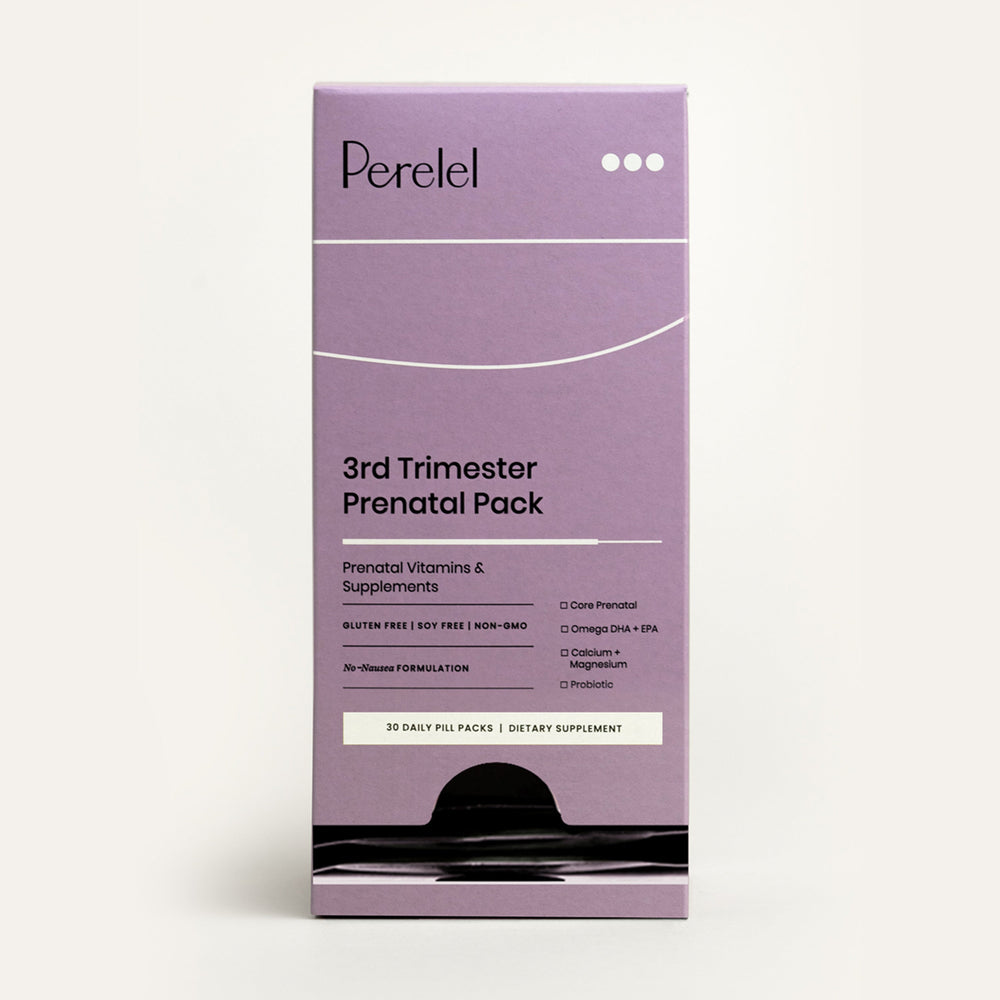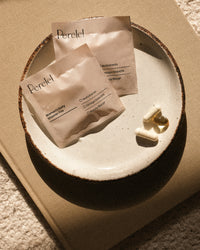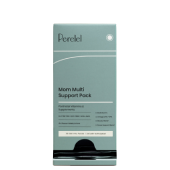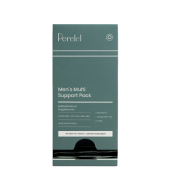No two pregnancies are alike, and the same goes for labor. Whether your birth story begins with a slow build of early contractions or a surprise dash to the hospital, it’s all valid. Still, having a clear sense of what’s happening in your body can bring a deep sense of calm and confidence.
That’s why we’re breaking down the stages of labor in a way that feels supportive, not clinical. Because while every journey is unique, knowing what to expect can help you stay grounded, empowered, and present—no matter how things unfold.
Let’s walk through it, stage by stage.
How will I know labor is close?
You might notice these signs around 35 weeks and beyond. It’s your bodies way of preparing for labor:
Backache
Your pelvis tilts forward as your baby grows, causing strain and aches in your lower back.
Soft poops
You might have loose bowel movements, thanks to the hormone prostaglandin.
Nesting
You might get a burst of energy around setting up your home for your baby.
Dropping
Your baby’s head starts to drop further down into your pelvis.
How do I know I’m getting closer?
Early labor is the first stage and usually the longest. It can even start and stop over a number of hours and days. Look for these two signs that you’re in early labor:
Braxton Hicks contractions
These last less than a minute, happen irregularly, and tend to go away when you move around. They’re different from active labor contractions, which have a clear pattern and get stronger over time.
Mucus plug release
Your cervix creates a mucus plug early in pregnancy. It’s released from the opening of the cervix before active labor. Look for a red or brown snot-like substance that’s about the size of a quarter.
How do I know I’m in labor?
You know you’re in labor when you notice these signs:
Progressive contractions
Your contractions get longer, stronger, and closer together over time. They also develop in a pattern. To help remember your pattern, think of it as an area code: 5-1-1 means a contraction happens every five minutes and lasts for around one minute over the course of one hour. Keep in mind: If you have 2-1-1 contractions that means things are speeding right along and you should call your doctor or midwife.
Bloody show
The cervix opens, shortens, and dilates to make way for your baby. Expect a little spotting as labor gets underway. It should not be a lot of blood. If you have anything more than spotting, call your doctor right away.
Water breaking
When your water breaks, you might notice a feeling of wetness in your underwear or feel a sudden gush of liquid. This tells you the membrane surrounding your baby (a.k.a. the amniotic sac) has broken. The process of labor typically lasts 12 to 24 hours.
What happens next?
Welcome to the transition and pushing phase, the quickest and most intense part of labor. A few things to expect:
-
You’ll dilate to 10 centimeters and your baby will move down, activating a reflex in your body that makes you want to start pushing.
-
Your baby can move down from the uterus to the vagina. Your doctor or midwife will do a cervical exam to see where you are in the labor process.
-
Your contractions will pick up in frequency and intensity.
-
You typically push for around two hours and no longer than four hours in a hospital setting.
-
Unlike the other stages of labor, you’ll use your abdominal muscles to add to the strength of your contractions.
-
It can take time to figure out how to push—check out our guide on how to push for more.
-
Vaginal tearing might happen. It can be better to tear on your own instead of having an episiotomy, where cuts are made into the opening of the vagina to make room for the baby.
-
The final phase of pushing is crowning, where the baby’s head is at the opening of the vagina.
After my baby arrives, what happens next?
Here’s the part people often forget about. After birthing your baby, you still have to birth your placenta. The good news: it usually releases on its own about twenty to thirty minutes after your baby arrives. In a hospital, it may be more like five to fifteen minutes.
Your doctor might massage your belly to help its release. If you’re unmedicated, this can be painful; if you’re medicated, you’ll just feel some light to moderate pressure on your belly.
What are some sample scripts and questions to raise to my doctor and/or midwife?
“Can we make a plan around the signs of labor that I should be looking for and which ones mean that I should call you?”
“I’m worried you won’t be around when I end up going into labor. Can we talk about who will take care of me if you’re not there? Can I meet them?”
“I have 5-1-1 contractions. Every five minutes for around a minute for an hour now. Should I come in?”
“I’m a trauma survivor. Can you move slowly through the cervical exam and narrate everything you’re doing?”
"Can you explain what the results of my cervical exam mean?"
“What stage of labor am I at right now? How can you tell?”
Are postnatal vitamins important after the birth of my baby?
“After baby is born, we often forget about the important role of postnatal vitamins in supporting mom,” says Dr. Sarah Oreck, MD, MS, Reproductive Psychiatry. But postpartum women are going through an extremely challenging period—new mothers tend to be exhausted, meanwhile hormones are going haywire and your body is recovering from the herculean task of creating a new human being from scratch. If you’re breastfeeding, you also need to increase your daily intake of certain key nutrients.
After your baby arrives, talk to your doctor about making postnatal vitamins a part of your postpartum care plan. Most women benefit from taking postnatal vitamins for at least three months after delivery. P.S.—if you're taking our Trimester Prenatal Packs, we'll automatically switch you to our Mom Multi Support Pack* after you give birth when you input your due date.
Shop the Article:
Takeaways
Let’s look back at a few key takeaways.
-
Early labor is the longest stage and can start and stop over hours or days.
-
The process of labor typically lasts 12 to 24 hours.
-
5-1-1 contractions happen every five minutes and last for around one minute over the course of one hour. If you notice this, you’re likely entering labor.
-
If you have 2-1-1 contractions, things are speeding along. Call your doctor or midwife.
-
Transition and pushing is the quickest, most intense phase.
-
The last phase is the birth of the placenta, which usually releases on its own.
Resources:
LOOM (2021). Signs & Stages Of Labor Guide.
American Pregnancy Association. (2020, October 23). First stage of labor. Retrieved February 03, 2021, from https:// americanpregnancy.org/healthy-pregnancy/labor-and-birth/ first-stage-of-labor-893/ 2
The American College of Obstetricians and Gynecologists. (2020, May). How to tell when labor begins. Retrieved February 03, 2021, from https://www.acog.org/womens-health/faqs/how-totell-when-labor-begins
Mayo Clinic. (2020, February 6). Labor and delivery, postpartum care. Retrieved February 03, 2021, from https://www.mayoclinic. org/healthy-lifestyle/labor-and-delivery/in-depth/stages-oflabor/art-20046545
This article is for informational purposes only. It is not, nor is it intended to be, a substitute for professional medical advice, diagnosis, or treatment and we recommend that you always consult with your healthcare provider. To the extent that this article features the advice of physicians or medical practitioners, the views expressed are the views of the cited expert and do not necessarily represent the views of Perelel.
























